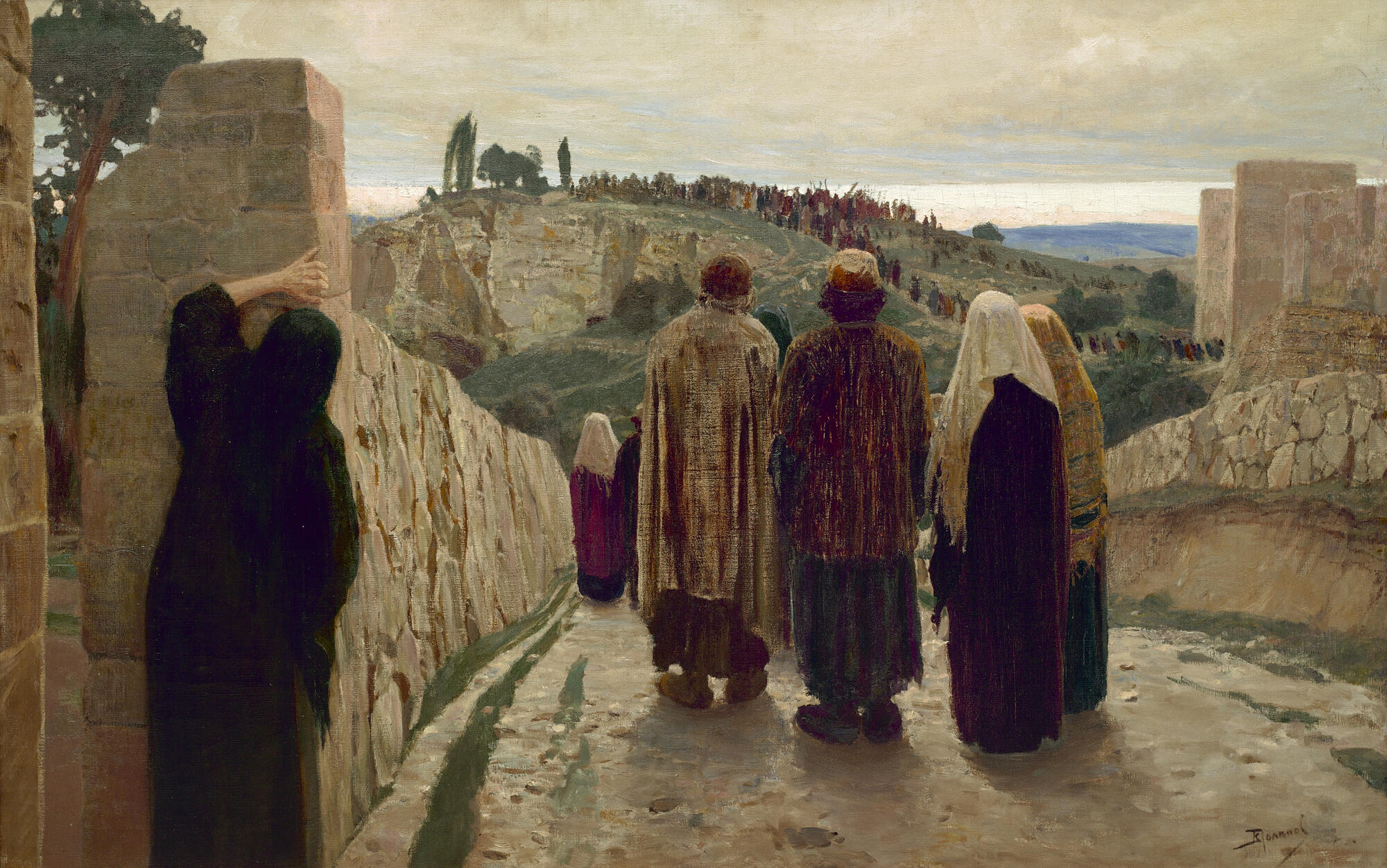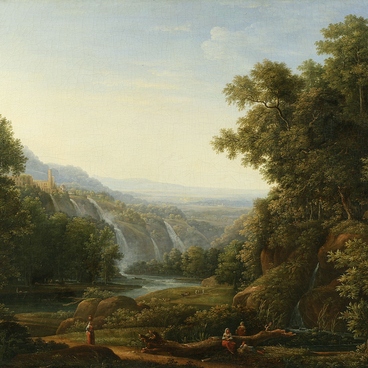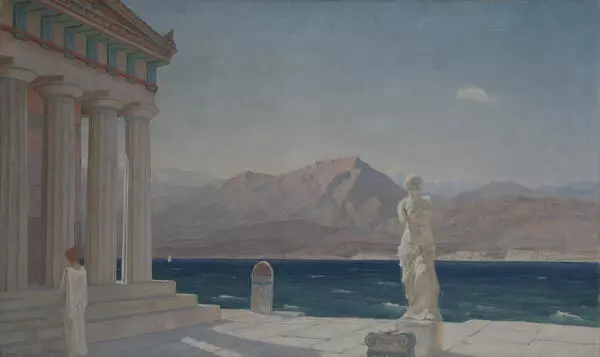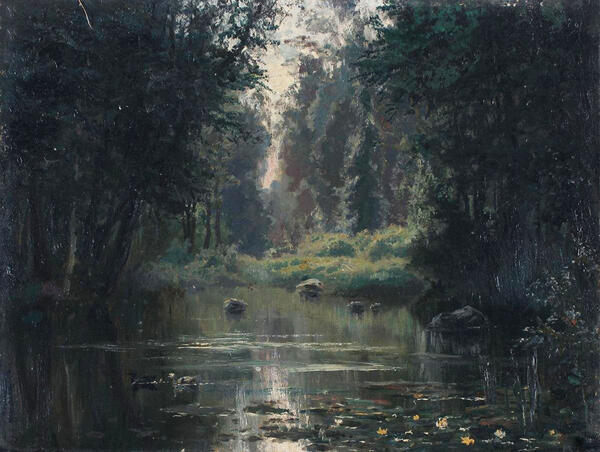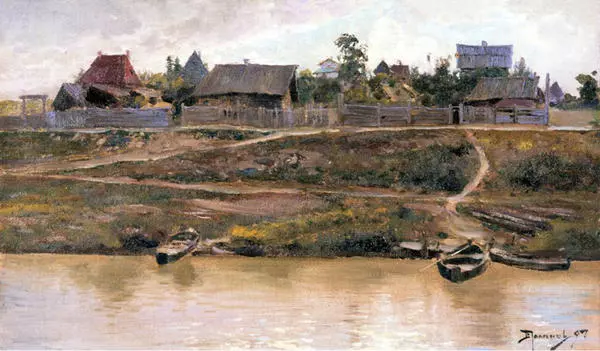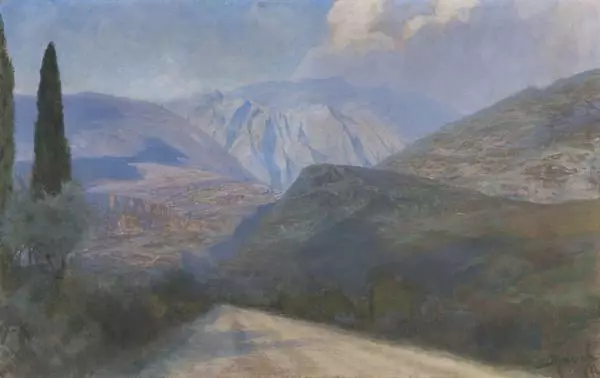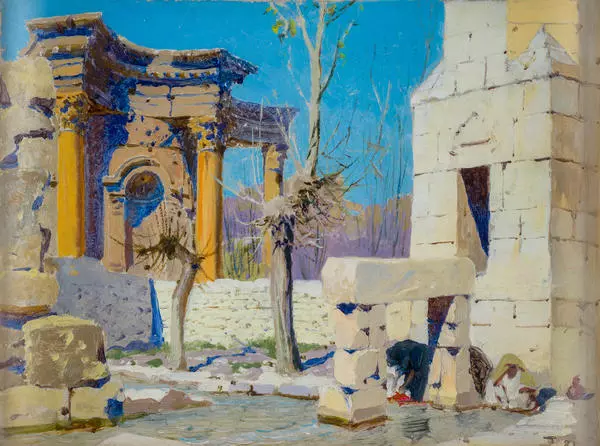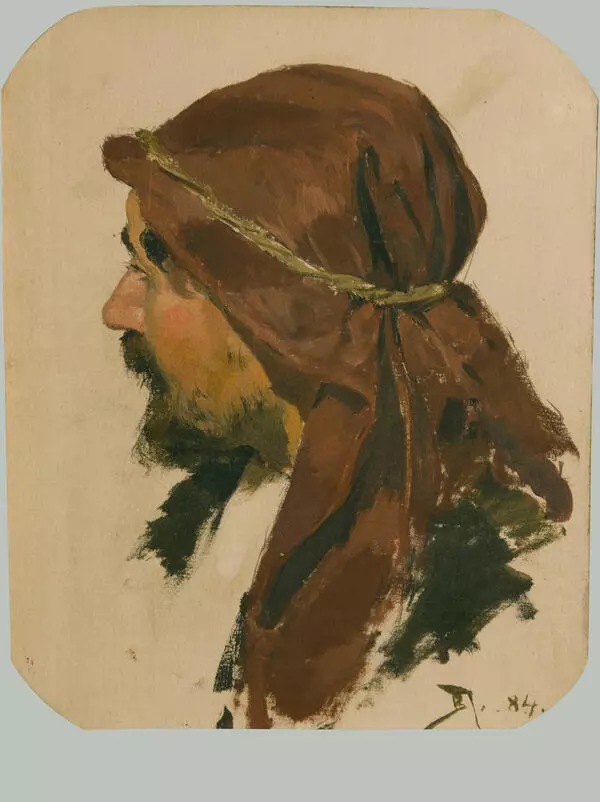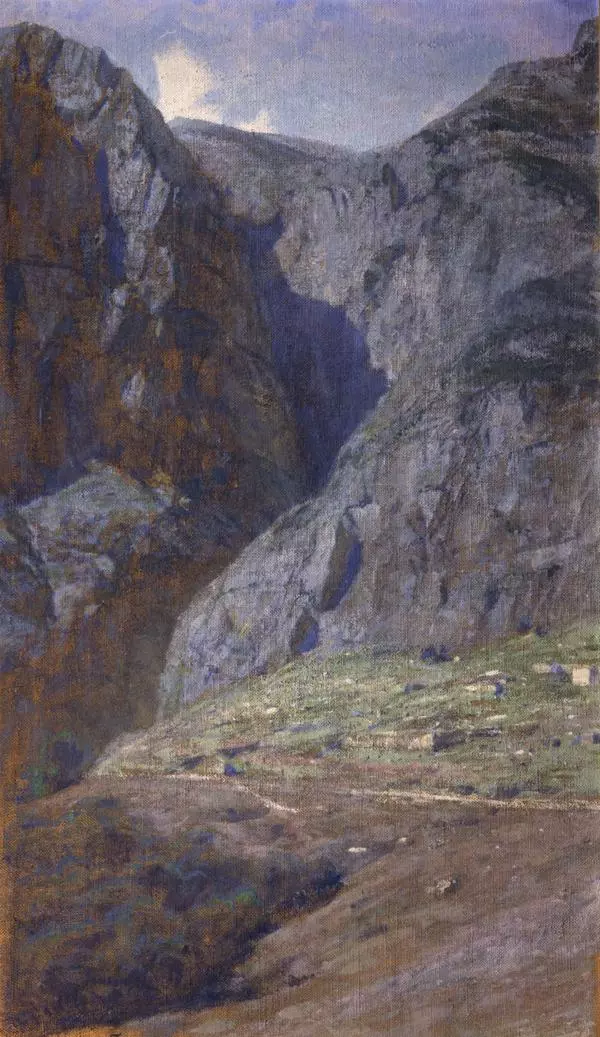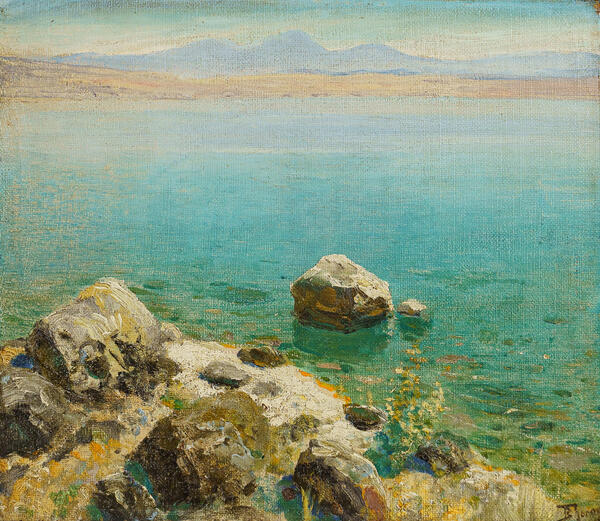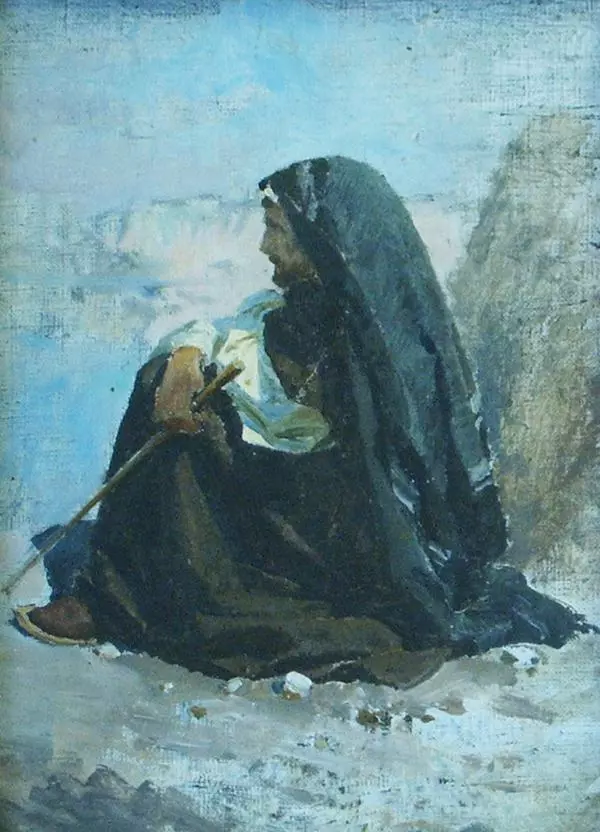Vasily Polenov is known primarily as a landscape painter. However, the artist himself considered the main work of his life not landscapes, but the cycle of paintings ‘From the Life of Christ’, which united 64 works. Polenov worked on this series at the turn of the 19th-20th centuries, during a difficult period for Russia. People’s will called for the overthrow of the monarchy, for disbelief in God, and the atheists appeared. People were worried about the fate of Russia, which path it would take. New ideals were needed. Many people saw the salvation of their souls in the Orthodox faith. A number of Russian painters turned to the image of Christ during this period. The artists saw in him an example of a positive hero, interpreted him as a person ready for self-sacrifice for the sake of people’s happiness.
From an early age Polenov was looking for a hero and also settled on the person of Christ, whose image is understandable to everyone. Under the influence of the book of the French philosopher Renan ‘The Life of Jesus’ Polenov perceived Christ as a real person.
To recreate the historical setting in which the events related to the life of Christ took place, Polenov made two large trips to the East, visited Palestine, Syria, Egypt, and Greece. There, the painter carefully studied the types of people, land, architecture, literally absorbing the feeling of the atmosphere of the East, which is present in all the paintings of the series. Polenov felt himself repeating the path of Christ, and hence the architecture and landscape in his sketches sometimes acquire a symbolic sound. They are mute witnesses to the life and deeds of the Savior. Polenov strove in his paintings for the harmonious fusion of man and the environment. Although the genre element is present in many of the canvases of the cycle, the best in the series are the works in which the author focused on the landscape.
Such works include the painting ‘Golgotha’. The artist chose an interesting perspective in this work. The viewer seems to become part of the action and looks in the same direction with the characters in the painting.
Polenov removed the frontal place from the viewer so it is impossible to see the crucifix itself, but only guess it. But the tragedy of the moment is felt in the expressive figures of Christ disciples, ready to follow the spiritual life of the teacher, in the figure of a woman in black, conveying a feeling of anxiety; in a landscape, in the sky, emotionally depicted in light contrasts. The static monolithic figures of the foreground make up a single harmonious composition with the landscape. It emphasizes the solemnity and tragedy of what is happening and at the greatness of Christ, sacrificing himself for the sake of people.
From an early age Polenov was looking for a hero and also settled on the person of Christ, whose image is understandable to everyone. Under the influence of the book of the French philosopher Renan ‘The Life of Jesus’ Polenov perceived Christ as a real person.
To recreate the historical setting in which the events related to the life of Christ took place, Polenov made two large trips to the East, visited Palestine, Syria, Egypt, and Greece. There, the painter carefully studied the types of people, land, architecture, literally absorbing the feeling of the atmosphere of the East, which is present in all the paintings of the series. Polenov felt himself repeating the path of Christ, and hence the architecture and landscape in his sketches sometimes acquire a symbolic sound. They are mute witnesses to the life and deeds of the Savior. Polenov strove in his paintings for the harmonious fusion of man and the environment. Although the genre element is present in many of the canvases of the cycle, the best in the series are the works in which the author focused on the landscape.
Such works include the painting ‘Golgotha’. The artist chose an interesting perspective in this work. The viewer seems to become part of the action and looks in the same direction with the characters in the painting.
Polenov removed the frontal place from the viewer so it is impossible to see the crucifix itself, but only guess it. But the tragedy of the moment is felt in the expressive figures of Christ disciples, ready to follow the spiritual life of the teacher, in the figure of a woman in black, conveying a feeling of anxiety; in a landscape, in the sky, emotionally depicted in light contrasts. The static monolithic figures of the foreground make up a single harmonious composition with the landscape. It emphasizes the solemnity and tragedy of what is happening and at the greatness of Christ, sacrificing himself for the sake of people.
